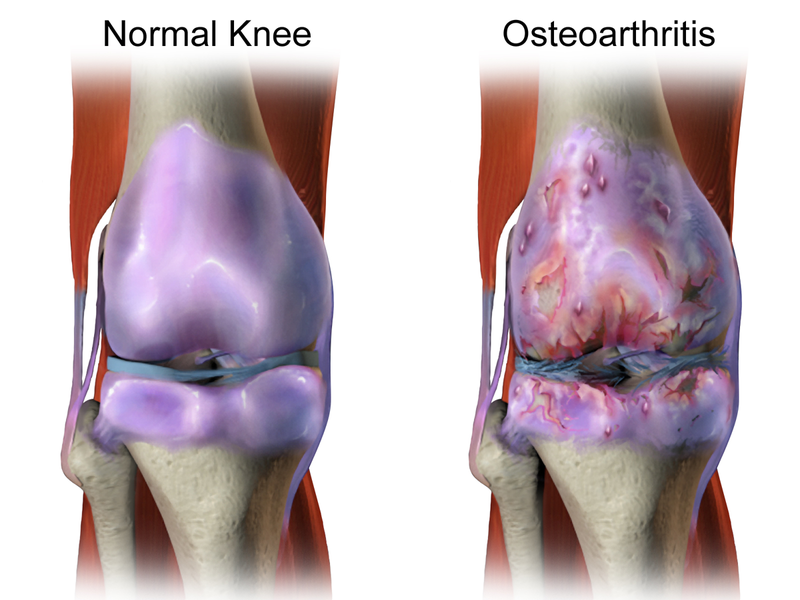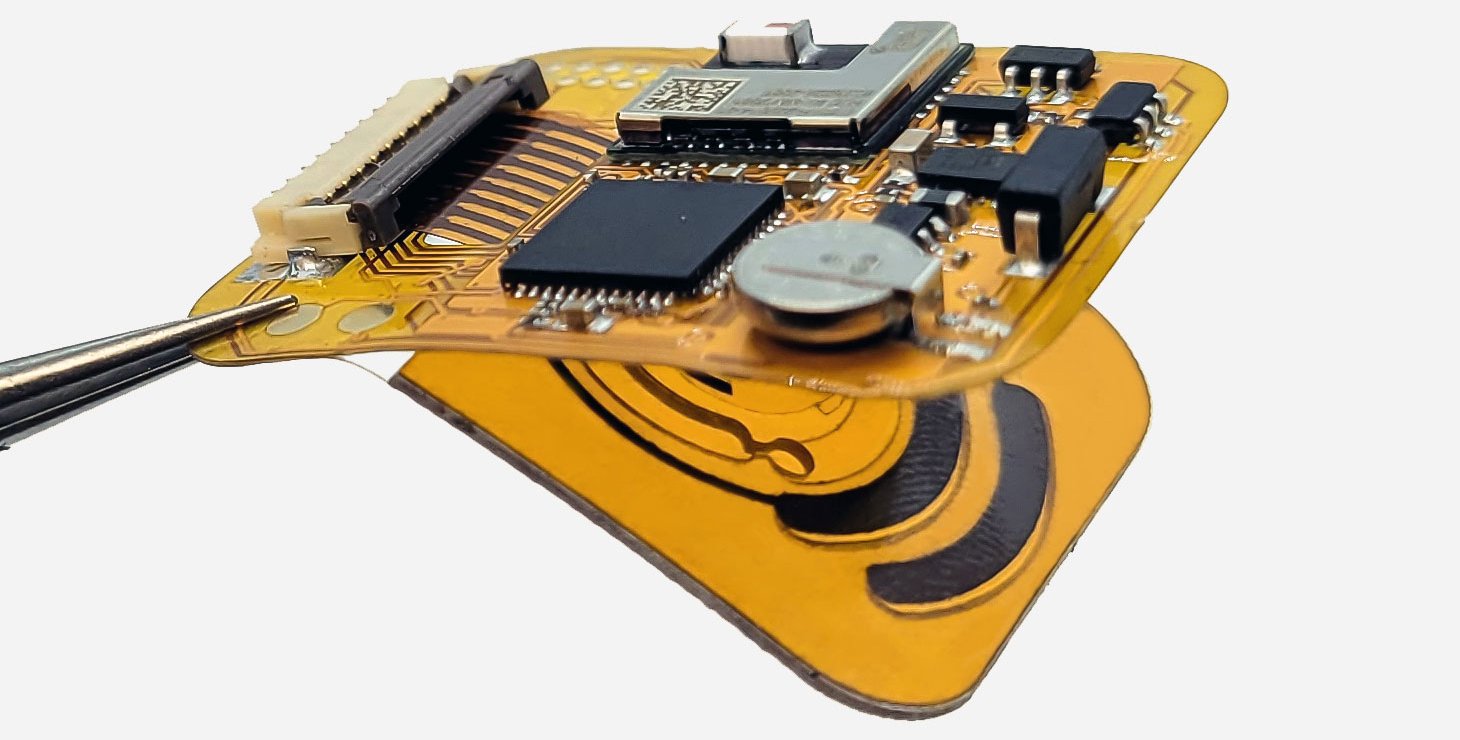With high bandwidth, low latency, and massive connectivity capabilities, 5G has sparked a growing interest in space missions. Lockheed has achieved a major milestone with its advanced regenerative gNodeB for next-gen 5G satellite networks.
Lockheed Martin, a leading global aerospace, defense, security, and technology company, has completed the final demonstration of its regenerative non-terrestrial network 5G Satellite Base Station (gNodeB). The company successfully showcased its space system’s capabilities to regenerate signals for communication between Earth and a satellite network.
The live hardware-in-the-loop lab demonstration featured an Advanced 5G NTN Satellite Base Station connecting with prototype user equipment, enabling high-speed data transfers compliant with 3GPP Release 17 standards. Lockheed Martin aims to launch this space-based 5G payload next year for terrestrial users.
Equipped with a full 5G New Radio Radio Access Network stack, Intelligent Controller, and Stand Alone Core, the base station is reprogrammable in orbit using Lockheed’s SmartSat software-defined satellite architecture. With the successful demo, the company plans to integrate the base station into its self-funded space mission – Tactical Satellite in 2024.
Key partners in testing the advanced 5G NTN system included AccelerComm, Radisys, and Keysight Technologies. AccelerComm developed an advanced 5G NTN Layer 1 PHY solution specifically designed for space flight hardware. Its solution converts digital data into radio signals for transmission and reception.
Radisys, responsible for the software aspect, supplied 5G NTN Layer 2/3 and 5G SA Core software, which ensures seamless connectivity and communication with the system. Keysight Technologies facilitated standards-based development testing of Lockheed Martin’s 5G NTN base station using its 5G NTN user equipment simulation (UeSIM) product suite.
Moreover, this enabled Lockheed Martin to thoroughly test the base station’s functionality in a controlled environment before its deployment to space.
Lockheed’s breakthrough holds promising potential to enhance 5G capabilities for Joint All-Domain Command and Control operations in various environments. However, it was not the only company recognizing the opportunities.
There is intensified competition in the space 5G as industry players, including UNION, Mira Aerospace, and AST SpaceMobile, have diligently developed innovative solutions to tackle connectivity challenges and broaden the reach of 5G technology.







